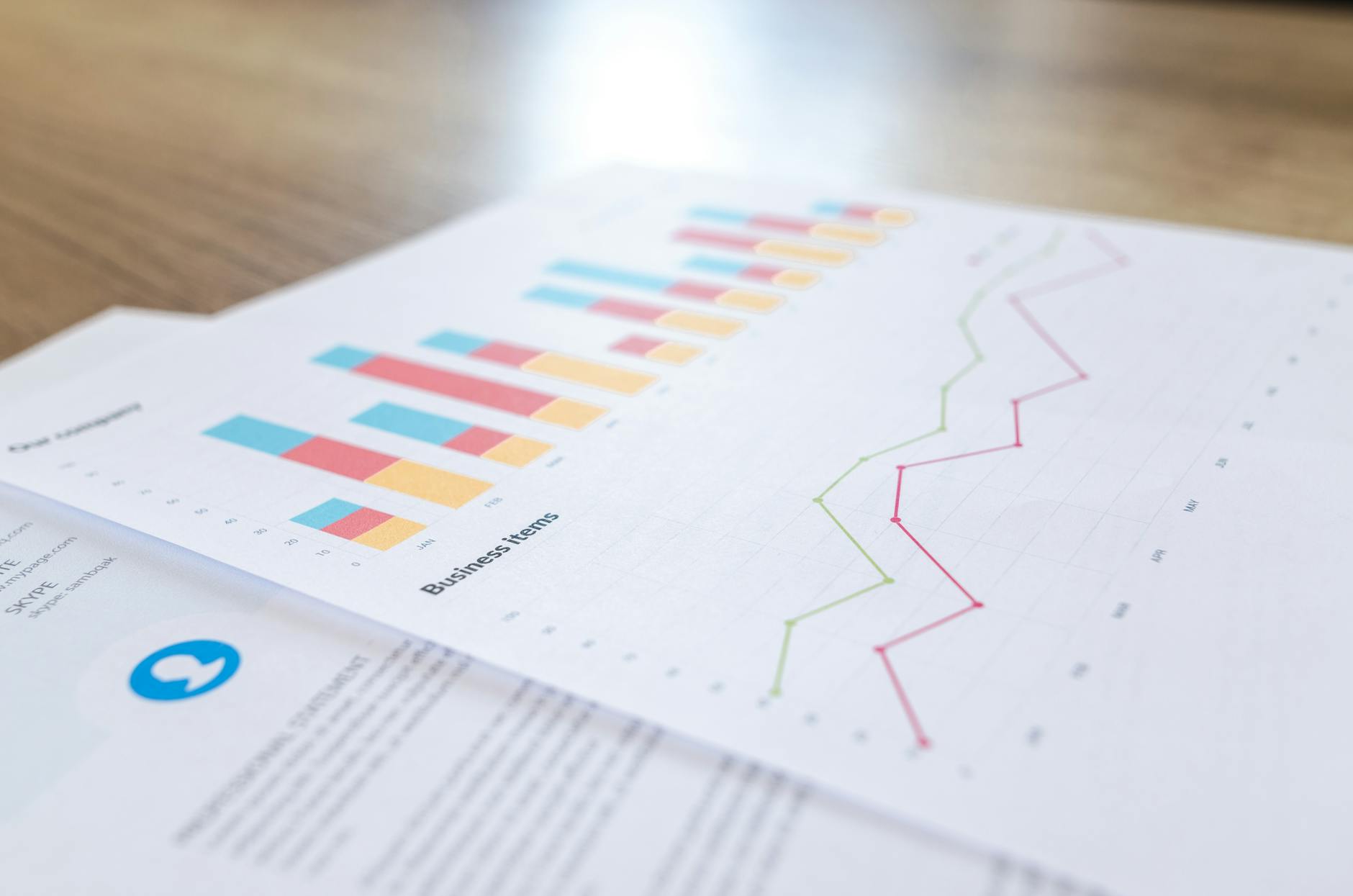Business Energy Monitoring: A Guide to Optimising Energy Usage and Savings
Business energy monitoring is more than just a trend—it’s a necessity. In today’s world, where energy costs are rising, sustainability is in focus, and regulations are tightening, keeping track of how your business consumes energy is vital. This process helps organisations cut down expenses, boost operational efficiency, and build a greener future.
Understanding Business Energy Monitoring
Business energy monitoring is the systematic tracking and analysis of energy consumption within an organisation. It involves using technology to collect data, measure energy utilisation, and identify inefficiencies. Think of it as having a fitness tracker, but for your business’s energy use—it shows where the energy goes and gives insights for improvements.
With tools like energy management software and IoT devices, businesses can get real-time updates about their energy usage. This detailed visibility allows companies to make smarter decisions quickly, whether it’s about switching to more efficient equipment or adjusting daily operations to reduce unnecessary waste.

Photo by Lukas [https://www.pexels.com/@goumbik]
Key Components of an Energy Monitoring System
An effective energy monitoring system typically includes:
* IoT Sensors: These devices capture energy usage data from equipment, lighting, HVAC systems, and other facilities.
* Energy Management Software: Interfaces and dashboards that display data insights, helping businesses interpret trends and performance.
* Real-Time Analytics: Tools that provide actionable insights on how to optimise energy use immediately.
* Automation Tools: Systems that can automatically adjust energy-consuming processes, such as dimming lights or turning off machines during downtime.
How Business Energy Monitoring Works
Energy monitoring involves a continuous cycle of steps:
1. Data Collection: IoT sensors installed throughout the facility collect detailed readings on energy consumption.
2. Processing & Analysis: The energy management system gathers this data, analyses patterns, and identifies wastage points.
3. Actionable Insights: Businesses receive suggestions like switching to energy-efficient equipment or altering time-based energy loads (e.g., reducing HVAC usage during evenings).
4. Implementation & Optimisation: Organisations execute recommended changes and then monitor performance—it’s about constant tweaking and improvement.
For example, a company might notice that its HVAC system consumes a significant portion of energy during peak hours. This insight could lead to introducing smart thermostats to regulate indoor temperatures more efficiently.
Advantages of Adopting Business Energy Monitoring
Taking control of energy consumption with monitoring tools offers rewarding benefits. Let’s explore why it’s worth investing in these systems.
Cost Reduction Opportunities
By pinpointing energy waste, businesses can save thousands annually. Did you know that leaving computers or machinery on standby overnight adds unnecessary costs to energy bills? Monitoring tools highlight these oversights, helping organisations slash energy consumption by up to 30% in some cases.
Environmental Impact and Sustainability
Switching to energy-efficient practices doesn’t just save money—it also reduces carbon emissions. For companies aiming to achieve net-zero goals or build environmental credibility, energy monitoring is a direct way to contribute to sustainability targets.
Compliance with Energy Regulations
Regulations demand that businesses maintain energy-efficient operations. An energy monitoring system ensures you meet these requirements while avoiding hefty fines. Plus, compliant companies have an upper hand when applying for government incentives or funding for renewable energy projects.
Trends Shaping the Future of Business Energy Monitoring
The way businesses track energy is evolving rapidly, driven by new technologies and shifting priorities.
AI and Predictive Analytics
Artificial intelligence (AI) enables predictive analysis, allowing businesses to anticipate energy needs before they arise. For instance, AI can suggest adjustments during peak consumption periods to avoid waste, making operations more dynamic and cost-effective.
IoT and Smart Energy Devices
From smart meters to connected thermostats, IoT technologies continue changing the energy game. These devices make it possible to monitor and adjust energy consumption in real-time, bridging efficiency with convenience. IoT Technology like that from EnviroLogik
Demand Response and Resilient Systems
Energy monitoring also plays a key role in “demand response”—a strategy where businesses adjust their energy use based on grid demands. This not only supports energy resilience but can also offer financial benefits when businesses participate in initiatives to ease grid strain during peak times.
Renewable Energy Integration
As more businesses adopt renewable energy sources like solar and wind, energy monitoring helps optimise their use. For example, such systems can suggest the best times to utilise solar-generated power versus drawing energy from the grid, ensuring efficiency and maximum savings.
Implementing an Effective Business Energy Monitoring Strategy
Wondering how to start with energy monitoring? Here’s a plan to make your implementation process smooth:
Selecting the Right Tools and Technologies
Start by choosing monitoring systems that align with your business’s size and goals. For small businesses, simple platforms with basic analytics might work. Meanwhile, larger organisations may benefit from advanced tools offering predictive maintenance and comprehensive dashboards.
Employee Engagement and Training
Employees play a big role in energy management. Make sure to train them on the importance of monitoring and involve them in tracking goals. For example, encouraging staff to turn off lights in unused rooms or manage computer power modes effectively makes a significant impact over time. Remote Switching is also available based on varying occupancy
Measuring and Optimising Performance
Set specific goals, like reducing energy use by 15% over six months. Use your remote monitoring tools to track progress and improve where needed. Regular reviews help spot changes in consumption patterns and steer the course toward better energy habits.
Conclusion
Business energy monitoring is no longer optional—it’s essential. With the ability to save costs, reduce environmental impact, and meet regulations, these systems pay for themselves over time. As technology advances, tools like AI, IoT sensors, and smart analytics make monitoring even more accessible and effective.
Organisations that embrace energy monitoring position themselves as forward-thinking and sustainable leaders. If your business hasn’t adopted an energy monitoring system yet, now’s the perfect time to make the switch. Not only will you save money and resources, but you’ll also contribute to a greener planet. It’s a win-win situation!






